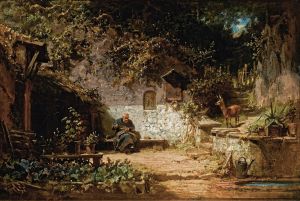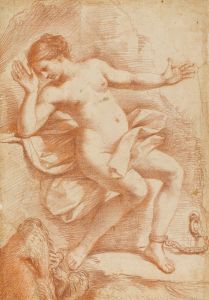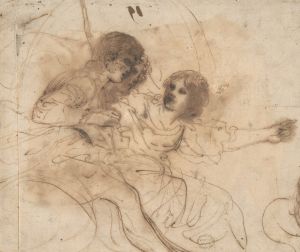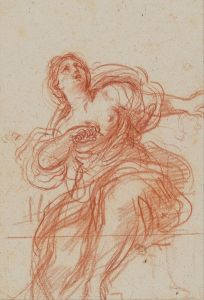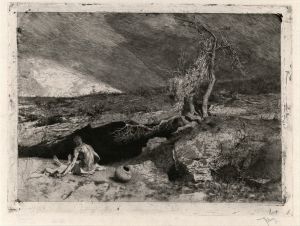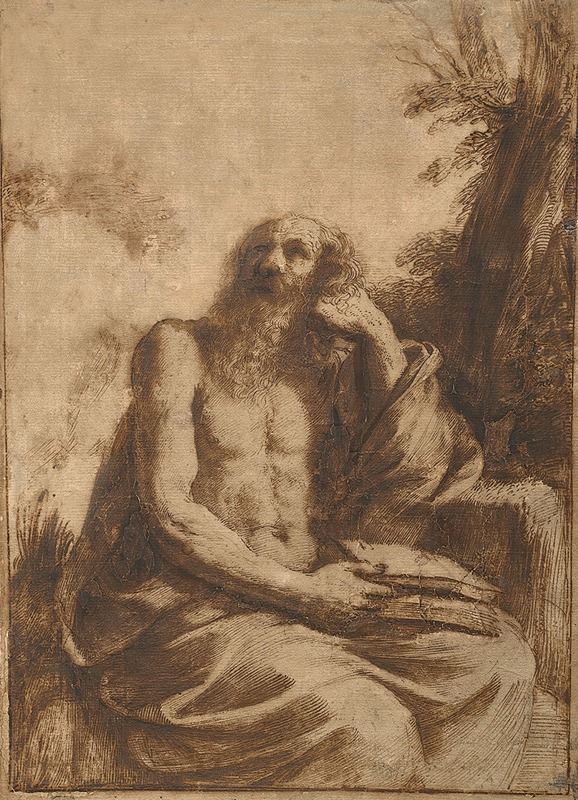
Saint Jérôme
A hand-painted replica of Guercino’s masterpiece Saint Jérôme, meticulously crafted by professional artists to capture the true essence of the original. Each piece is created with museum-quality canvas and rare mineral pigments, carefully painted by experienced artists with delicate brushstrokes and rich, layered colors to perfectly recreate the texture of the original artwork. Unlike machine-printed reproductions, this hand-painted version brings the painting to life, infused with the artist’s emotions and skill in every stroke. Whether for personal collection or home decoration, it instantly elevates the artistic atmosphere of any space.
Saint Jérôme by Guercino is a Baroque painting created by the Italian artist Giovanni Francesco Barbieri, commonly known as Guercino. The artwork depicts Saint Jerome, one of the most prominent figures in Christian theology, who is best known for translating the Bible into Latin (the Vulgate). Guercino, whose name means "the squinter" in Italian, was an influential painter of the 17th century, renowned for his dynamic compositions and mastery of chiaroscuro, the dramatic use of light and shadow.
The painting portrays Saint Jerome in a contemplative pose, often shown with attributes traditionally associated with him, such as a skull, a book, or a writing instrument, symbolizing his scholarly work and meditation on mortality. Guercino's use of light highlights the saint's figure, creating a sense of spiritual intensity and focus. The background is typically dark, a characteristic feature of Baroque art, which serves to emphasize the subject and evoke a sense of intimacy and devotion.
Guercino was active during the Counter-Reformation, a period when the Catholic Church encouraged artists to create works that inspired faith and devotion. Paintings of saints, including Saint Jerome, were common during this time, as they served as visual aids for worship and reflection. Guercino's interpretation of Saint Jerome reflects the Baroque era's emphasis on emotional engagement and realism.
The exact date of the painting's creation is not definitively documented, but it is consistent with Guercino's mature style, which evolved during the 1620s and 1630s. During this period, Guercino received numerous commissions from patrons across Italy and beyond, including religious institutions and private collectors.
Saint Jérôme by Guercino is housed in the Musée des Beaux-Arts in Lyon, France. The museum acquired the painting as part of its collection, which includes works by many prominent European artists. The painting remains an important example of Guercino's religious art and his ability to convey deep spiritual themes through his mastery of composition and light.
No further specific details about the painting's commission, provenance, or historical context are readily available.





